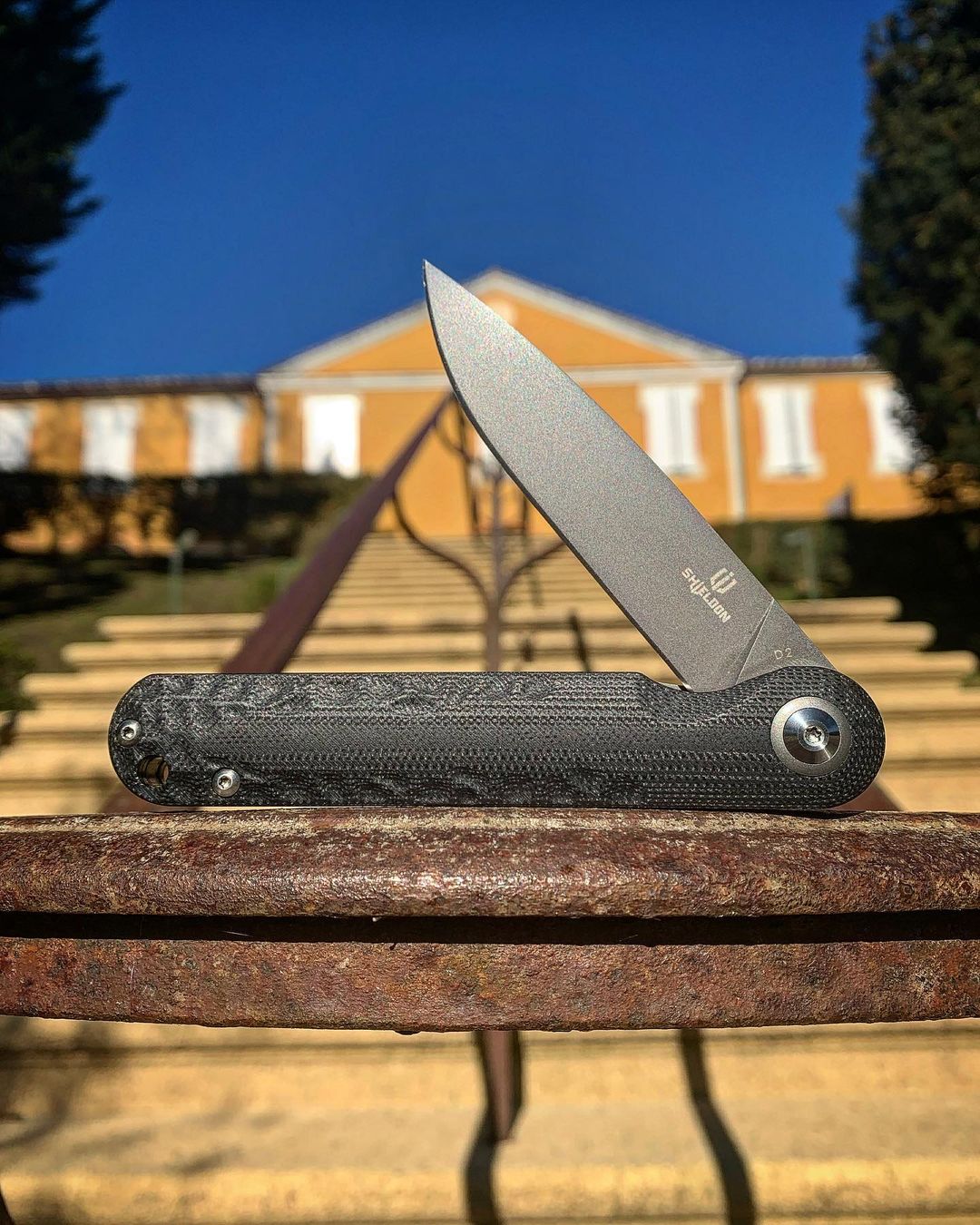Survival Knife Skills Every Camper and Hunter Should Be Equipped With
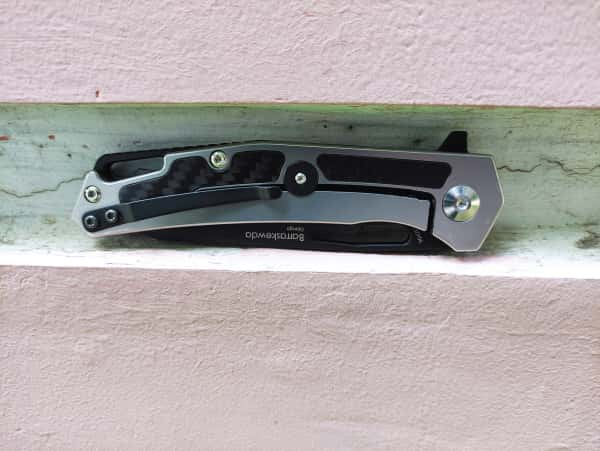
Owning the best pocket knife brand is one thing; having the skills to put it to use is another. Many new knife owners are usually under the impression that all it takes is to grab the handle and put the knife to work, and this is how they end up with grievous injuries.
It takes some getting used to when it comes to survival knives, they are not toys, and one wrong move, you could be dealing with a very different story. So what are some of the necessary skills that a compare or hunter using a survival knife needs to have? That’s the question we are going to explore today.
Cutting
This is the main use of a knife, and when you are out in the wild hunting or camping, you will be forced to cut things. This ranges from ropes to making tents, animal pelts during skinning, among other things. This means that you have to know the right way of handling the knife to avoid injuring yourself. For instance, always cut in the direction away from your body to reduce the chances of using too much force that may lead to self-harm. Ensure you sharpen your knife every time you are about to go camping for it to be in tiptop condition throughout. Cutting may look simple, but you will be surprised at how hard it can be to an inexperienced survival knife owner.
Batoning
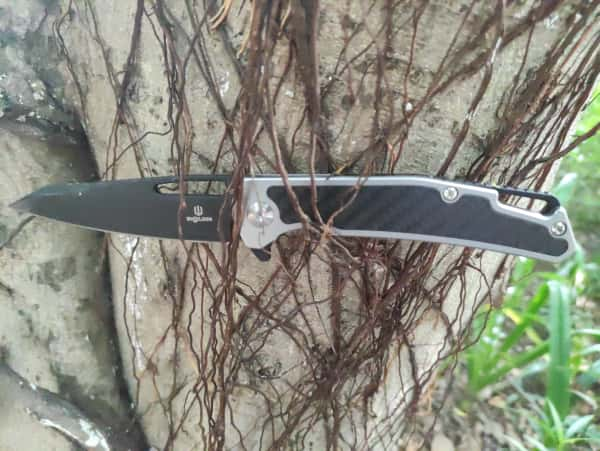
Batoning is a process where you use a piece of wood to drive a knife through another piece of wood to break it apart into smaller pieces. This requires a strong blade that cannot bend and a user who knows where to strike with the right amount of force. A good number of survival knife owners usually see this as a destructive way to sign the knife, and sometimes it does break the knife. But it is one of the best and easiest ways of splitting wood since the alternative is carrying an ax, and that can be a cumbersome thing to do.
Knife Throwing
Knife throwing is a sport in most places around the world, but it is a skill that can come in handy when it comes to self-defence. When hunting small animals, throwing knives could be one way of taking them down if you have practiced well enough. It is extremely handy as you can do it from a long distance away, giving you enough time to approach the animal stealthily. It takes time to exercise this, so don’t expect to turn into an expert knife thrower overnight. Start practicing with shorter distances as you scale up slowly until you get the hang of it.
Digging
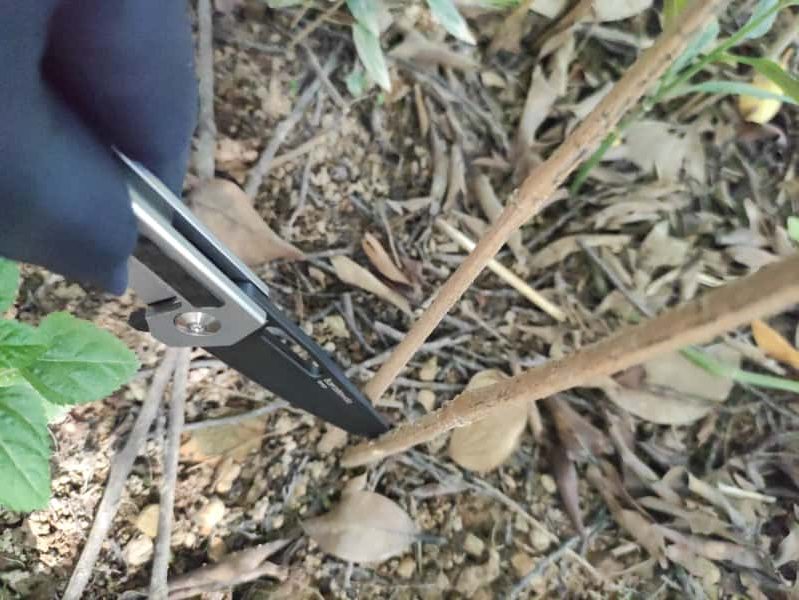
Camping requires a lot of digging. For setting up tent poles, creating structures that keep your tools from coming into contact with the ground in case it rains, and so on. But carrying proper digging tools can be a lot of work as they are heavy. Using outdoor knives is a good way of getting those holes ready for tenting, among other things. However, you have to know the type of ground to avoid. Soft ground is the easiest to dig without damaging the knife blade. At the same time, ensure you have the tools needed to maintain the knife afterward; this includes sharpening and oiling. Never leave the knife in that condition after digging; it will get damaged permanently.
Spearing
Fishing is another activity that is common among people who go camping. Carrying fishing rods is also another huge undertaking that may not be ideal for people who want to travel light. You can fish by turning your survival knife into a spear. All you need to do is to either carve a spear out of wood using the knife or attach the knife to the end of a light pole and use it to catch fish through spearing in shallow waters. Ensure you fasten the knife well for stability and be ready with the maintenance tools since the pointed end will most likely be blunted a bit due to hitting rocks on the river bed.
Making a Fire
People carry matches when they go camping, but you never know what may happen. You may misplace them, or a sudden torrential rain may render them useless. This is where a survival knife really shines through in terms of versatility. If your blade is made of stainless steel, you can easily use it alongside a ferro rod to light a fire within minutes. If you have flint, then you can simply strike it against a carbon blade to create fire instantly. It should be noted that when striking your blade to create fire, you are not using the cutting edge, the best part for this is the spine, and a 90-degree spine is the most suitable type for this role.
Processing Meat
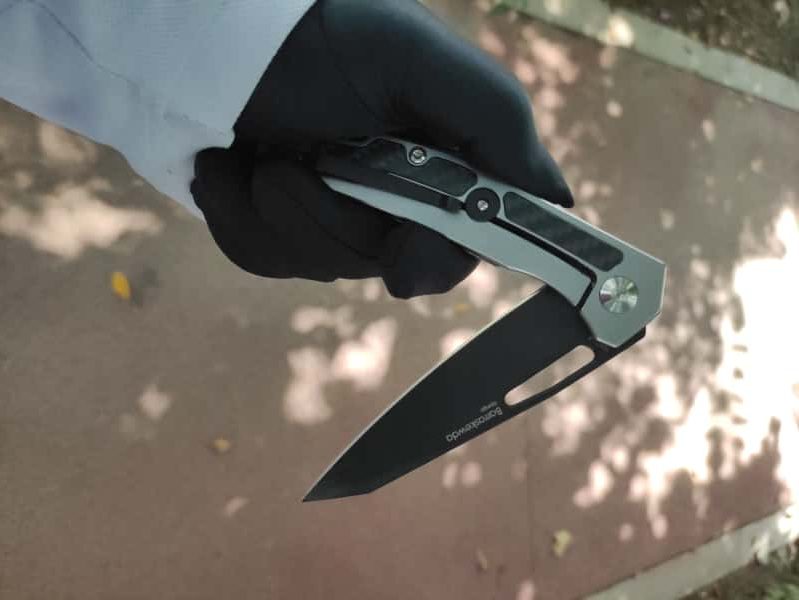
Hunting is never the hard part; processing the meat is where things get complicated as it could all go to waste if you cut the wrong parts up. Processing meat includes skinning, slicing up the meat and separating the unneeded parts from the fresh parts, and getting rid of hooves, heads, and other inedible areas. This requires skill where you make precise incisions in the right places to minimize contamination. You have to understand the anatomy of the animal you are cutting up for the best results. It takes time to nail this skill.
Conclusion
Going out on an adventure is a beautiful thing that should be taken advantage of, and having a survival knife and the right skills to use it will make the whole affair even better. If you are looking to know more about survival knives and all the things you can use them for when out camping or hunting, check out our website (Shieldon - outdoor knives ) and have any questions you may have answered by our team of knife experts.
You can also follow us through the following ways:
https://www.facebook.com/ShieldonCutlery
https://www.instagram.com/shieldon_knives_and_tools/
https://www.youtube.com/channel/UC_Dz--HODWHFY4AaUF0z11Q
https://twitter.com/Shieldonknives1/
https://shieldonknivesandtools.tumblr.com/
https://www.linkedin.com/company/72285346/
https://www.pinterest.com/shieldonknivesandtools/
Article source: https://www.shieldon.net/survival-knife-skills-every-camper-and-hunter-should-be-equipped-with/
